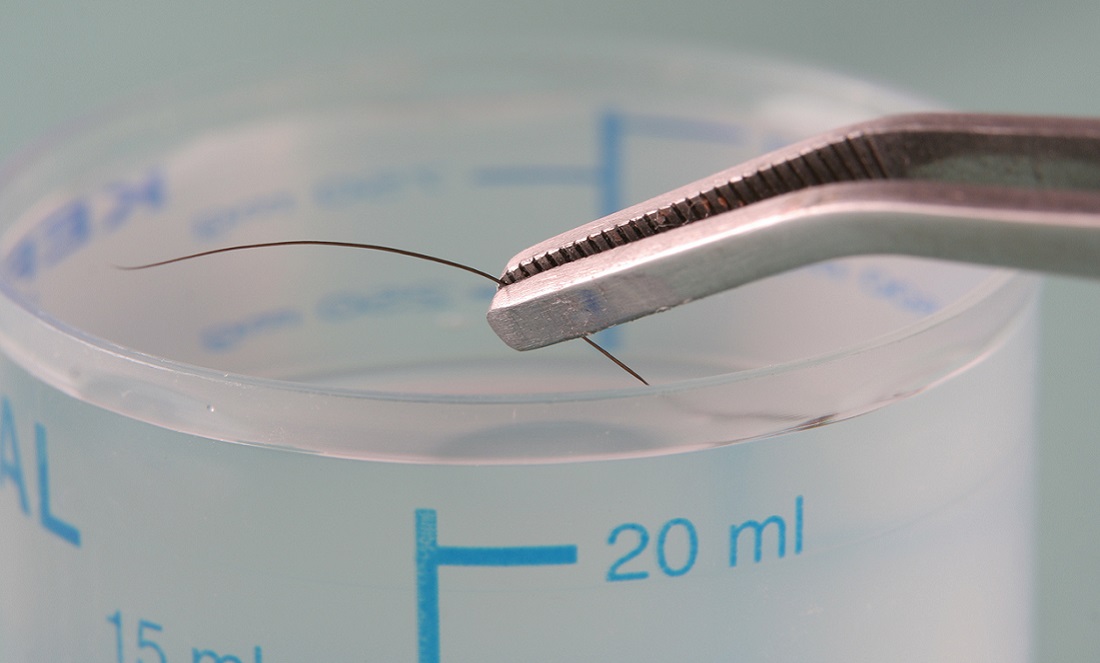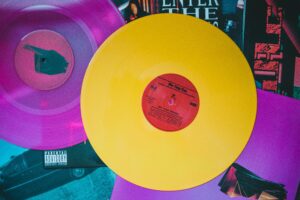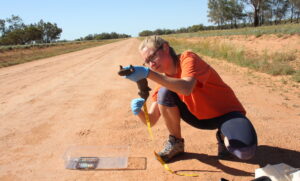Microbiomes are a pretty hot topic.
People are going gaga for good gut bugs and the health benefits they confer.
But did you know your pubic hair hosts an equally useful collection of microbes?
Everyone’s bush bugs are as unique and identifiable as a fingerprint, and now that fingerprint could help catch criminals.
PUBIC PRINTING
Sexual criminals have grown wise over the years, if not less abhorrent.
Increasingly, assaulters have been using condoms. Not only are condoms the best method for preventing STDs, but they also prevent otherwise incriminating DNA from being left at the scene.
But humans swap more than semen and vaginal secretions when we have sex.
Researchers at the Trace and Environmental DNA (TrEnD) lab at Curtin University have discovered that the bacteria on a person’s pubic hair can act as a unique sexual signature and will leave a trace wherever it goes.
HAIR RAISING
Hairs have often featured as evidence in criminal cases. In the past, we could only look at the DNA of a single species—the Homo sapiens who shed said hair.
The hair itself does not actually contain any DNA. The cells in the hair shaft are all dead and keratinised. A hair can only be used for DNA analysis if the root is attached.
Unfortunately, not all hairs dropped at crime scenes carry that condemning collection of cells.
But with advances in DNA sequencing technologies, scientists can look not at the hair but at the microbes that call the hair home.
Our pubic hairs house over 70 different species of bacteria, which are highly personalised. Comparatively, head hairs only house 50 or so species, which are more defined by our environment.
Metagenomic DNA sequencing is allowing researchers to analyse the DNA of all 70 bacteria species that exist on an individual’s pubic hair, and what they tell us could change how we convict sexual criminals.
LOVE BUGS
Over a 5-month period, TrEnD researchers collected samples of pubic hair from research participants. By looking at which bacteria were present, they could consistently and reliably identify whose hair was whose.
That was until one exciting hair-sampling session, when researchers found that two pubic hair samples seemed to share a significant amount of the same bugs.
As it turns out, those two individuals had had sex just 18 hours before. In sharing the love, these two individuals had also shared their pubic hair bacteria.
Prosecuting pubes
In a statement, lead researcher Silvana Tridico said, “The implication of this present study is that the transfer of bacteria between victim and offender, in rape cases, may provide a new way of linking the offender to the victim, in instances in which no human DNA is transferred.”
So even if no visible genetic evidence remains, DNA analyses may still allow us to apprehend an assaulter.
However, the study was a preliminary one, with only seven individuals donating a combined 42 samples of hair over 5 months. Despite initially promising results, more research is required before anyone gets convicted by their pubic hair bacteria.








